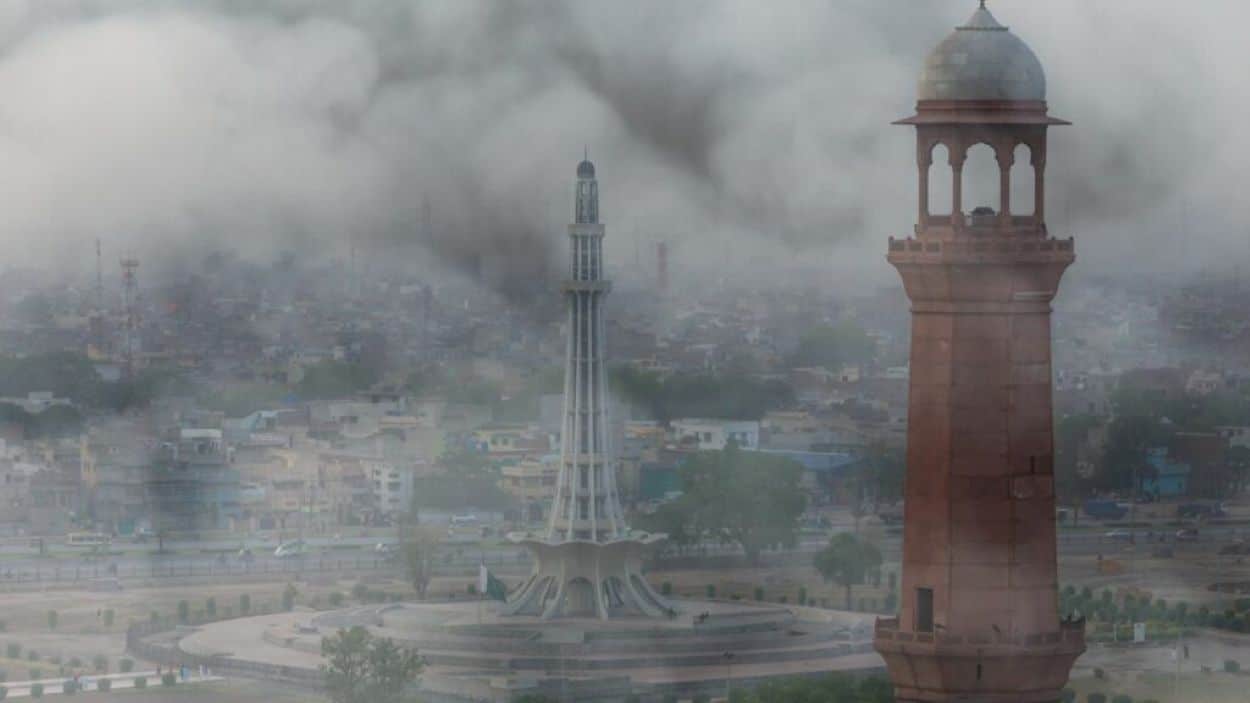Agriculture experts on Wednesday said that a critical mix of smog and fog could reduce the yields of vegetables, fruits and crops in the province.
Talking to APP, an expert said that burning coal and other fossil fuels gives rise to various chemical pollutants such as SO2 (sulphur dioxide), NOx (nitrogen oxides such as nitrite,nitrate, etc.),03 (ozone), and a variety of other hydrocarbons.
International Union for Conservation of Nature (IUCN) country representative Mahmood Akhtar Cheema said that gaseous emissions are the main elements that form smog. When acted upon by the sun’s ultraviolet light,particulate matter and volatile organic compounds present in the air usher in smog.
He said dense urban areas suffer more from smog because of the huge number of vehicles, industries and combustion of different types of fuel. Smog has serious negative impacts on people,plants and animals.
Cheema said that Ozone and peroxyacetyl nitrate (PAN) are produced when pollution/smog and fog mix, and depending on the concentration and duration of exposure, this reaction is harmful to vegetables, fruits, plants and crops.
To a question, he said that Ozone, peroxyacetyl nitrate and hydrogen sulphide got mixed in the smog, which caused up to 90 percent of the air pollution. These gases have been constantly affecting vegetation during the last decade .He said wheat plants, orange gardens, vegetables and grass/fodder for animals could be affected in the coming days.
Dr Ijaz Bhatti,a noted scientist, said most polluting gases enter leaves through stomata, following the same pathway as CO2. NOx dissolves in cells and gives rise to nitrite ions (NO2), which are toxic at high concentrations) and nitrate ions (NO3) enter the nitrogen metabolism of the plant as if the roots absorbed them.
In some cases, exposure to pollutants in the air or smog, particularly SO2, causes leaf stomata to close.This closing protects the leaf against further entry of the pollutants, but it also stops photosynthesis, a process that creates nutrition for the whole plant.
He said tomatoes, potatoes,string beans,snap beans,pinto beans,tobacco, soybeans, cantaloupe,beets,sunflower,carrots,sweet corn,gourds,green peas, turnips, grapes, peaches, and strawberries were some of the crops more susceptible to smog and air pollution.
Lahore University of Management Sciences research scholar Syed Shehzad-ul-Hassan called for greater reliance on renewable energy sources,and said that efficient use of energy ,and at the same time conserving energy, could lead to lesser gaseous emissions that often result in the formation of smog. (APP)






